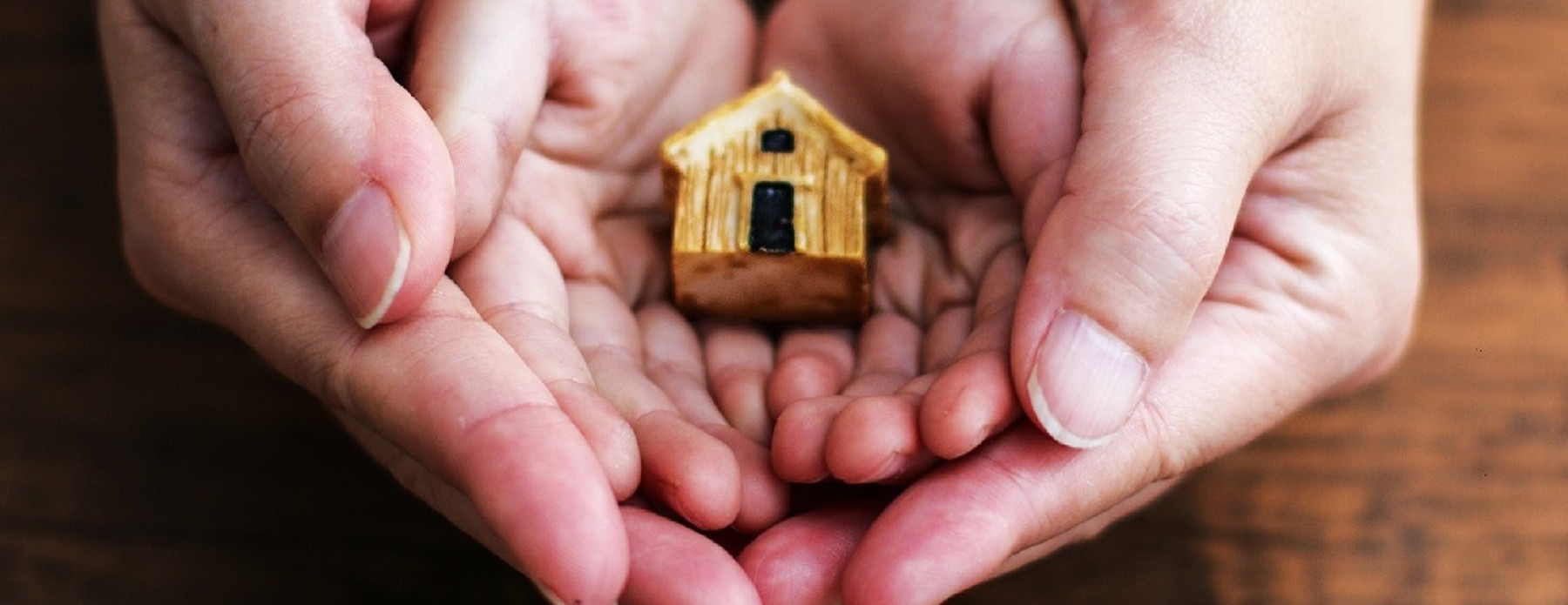
The Military Survivor Family Safety Toolkit (MSFST)
Description
Family Survivor Self-care Toolkit
The Family Survivor Self-care Toolkit was developed in consultation with an advisory group from the Tragedy Assistance Program for Survivors (TAPS) to specifically help bereaved military family members and contains content is relevant to anyone who has had the loss of a family member. It is a place where you can find information, materials, and resources that help and provide self-care tips.
Our team provides information and strategies for grief counselors, peer mentors, and survivors in order to target risk factors for suicide within bereaved families. Research indicates that several risk factors contribute to the likelihood of suicidality among bereaved individuals (i.e., survivors), including bereavement due to suicide, intense grief reactions (e.g., prolonged grief disorder), sleep disturbances, and substance use/misuse. Hazardous practices (i.e., unsafe storage of medications and firearms) also increase risk of suicide in families. Our team bridges science and practice by translating findings about suicide risk factors into skills and strategies for our target populations.
Strategic Alignment with National Suicide Prevention Goals
CDC Suicide Prevention Strategies
As it is outlined in the CDC's "Preventing Suicide: A Technical Package of Policy, Programs, and Practices," our project is aligned with the following strategies:
-
-
Strengthen Access and Delivery of Suicide Care
-
Create Protective Environments
-
Promote Connectedness
-
Teach Coping and Problem-Solving Skills
-
Identify and Support People at Risk
-
Lessen Harms and Prevent Future Risk
-
White House Priorities
As it is outlined in The White House "Fact Sheet: New Strategy Outlines Five Priorities for Reducing Military and Veteran Suicide," our project is aligned with the following priorities:
-
-
Improving Lethal Means Safety
-
Increasing Access to and Delivery of Effective Care
-
Addressing Upstream Risk and Protective Factors
-
Selected References
- Conwell, Y., Duberstein, P. R., Connor, K., Eberly, S., Cox, C., & Caine, E. D. (2002). Access to firearms and risk for suicide in middle-aged and older adults. The American Journal of Geriatric Psychiatry, 10(4), 407-416. doi: 10.1097/00019442-200207000-00007
- Grossman, D. C., Mueller, B. A., Riedy, C., Dowd, M. D., Villaveces, A., Prodzinski, J., & Harruff, R. (2005). Gun storage practices and risk of youth suicide and unintentional firearm injuries. JAMA, 293(6), 707-714. doi: 10.1001/jama.293.6.707
- Lancel, M., Stroebe, M., & Eisma, M. C. (2020). Sleep disturbances in bereavement: a systematic review. Sleep Medicine Reviews, 53, 101331.
- Latham, Amy E., and Holly G. Prigerson. "Suicidality and bereavement: complicated grief as psychiatric disorder presenting greatest risk for suicidality." Suicide and Life-Threatening Behavior 34, no. 4 (2004): 350-362.
- Parisi, A., Sharma, A., Howard, M. O., & Wilson, A. B. (2019). The relationship between substance misuse and complicated grief: A systematic review. Journal of substance abuse treatment, 103, 43-57.


